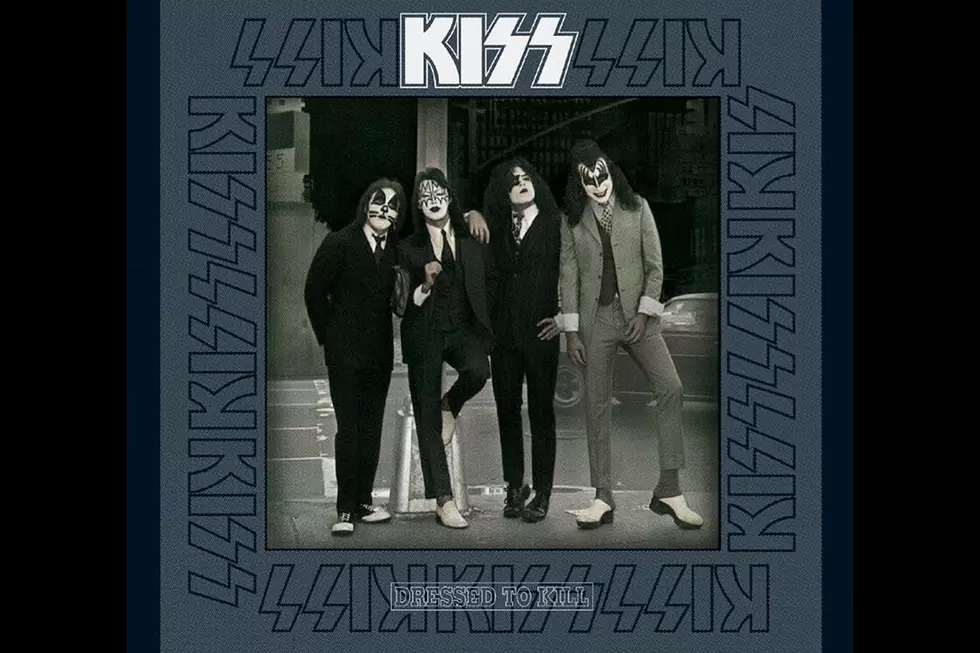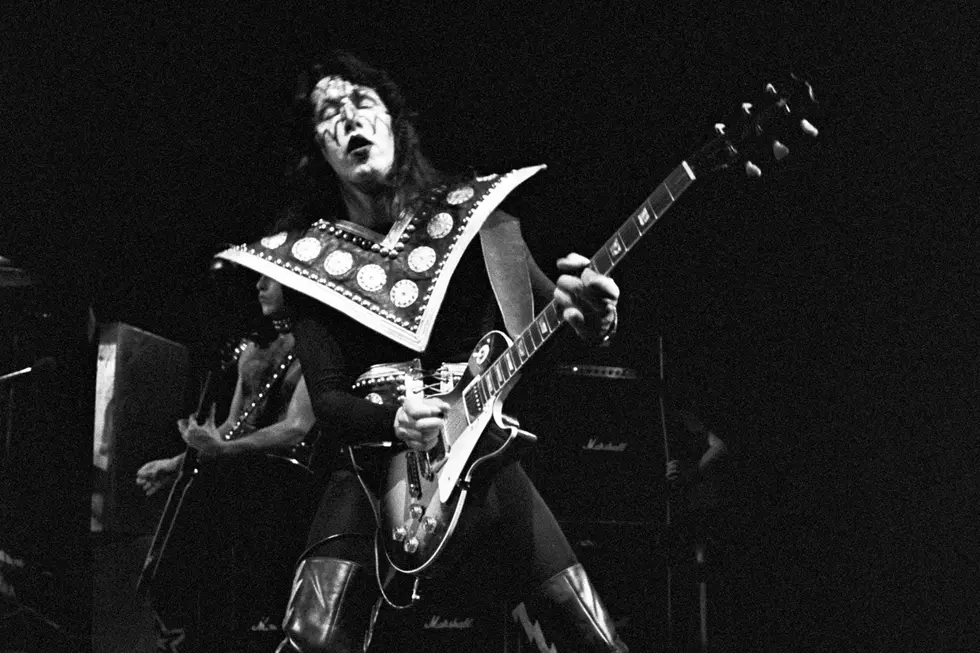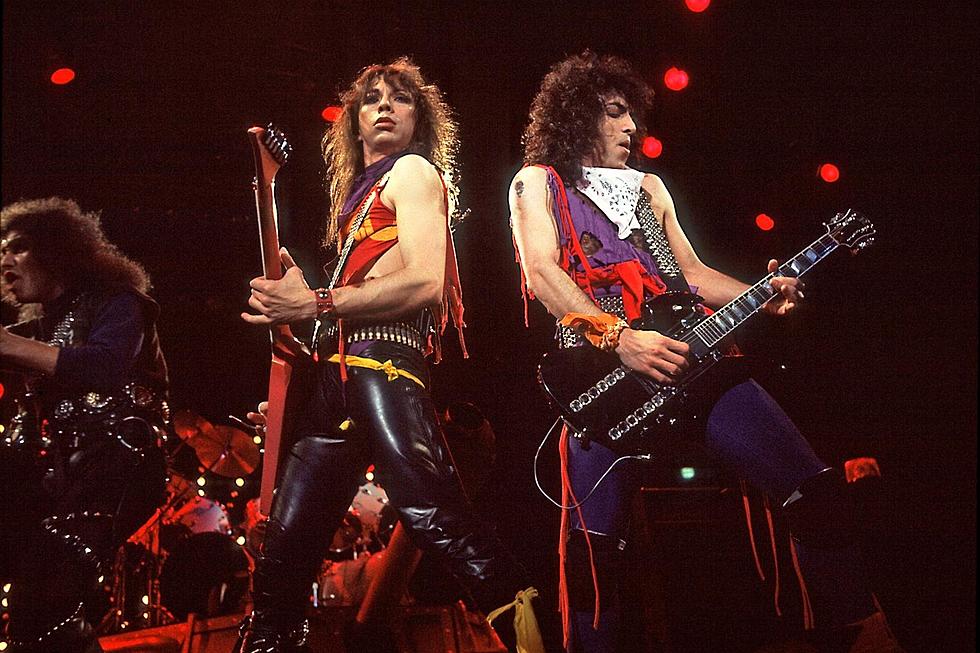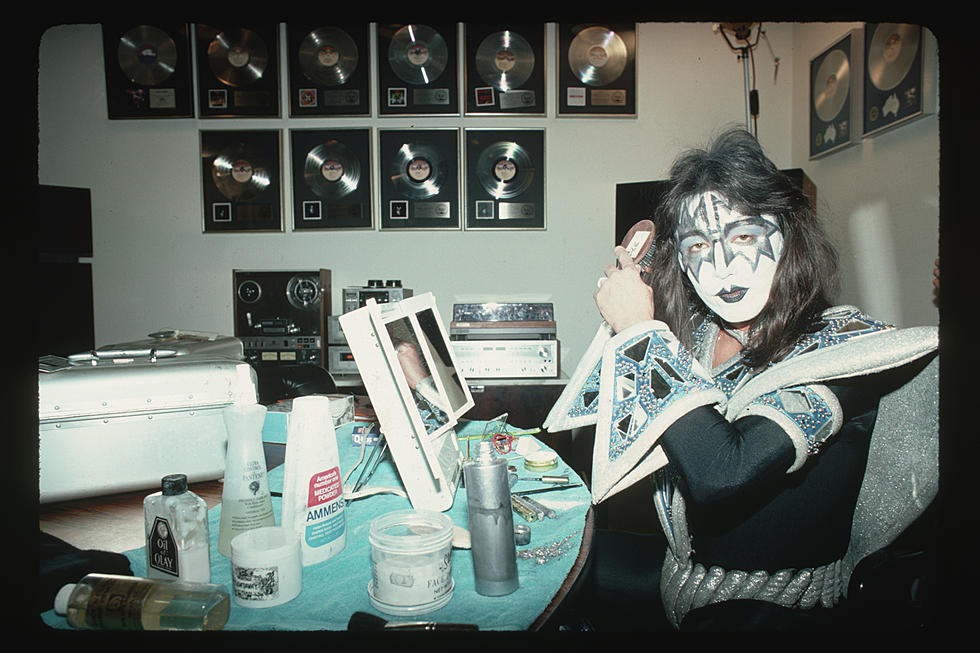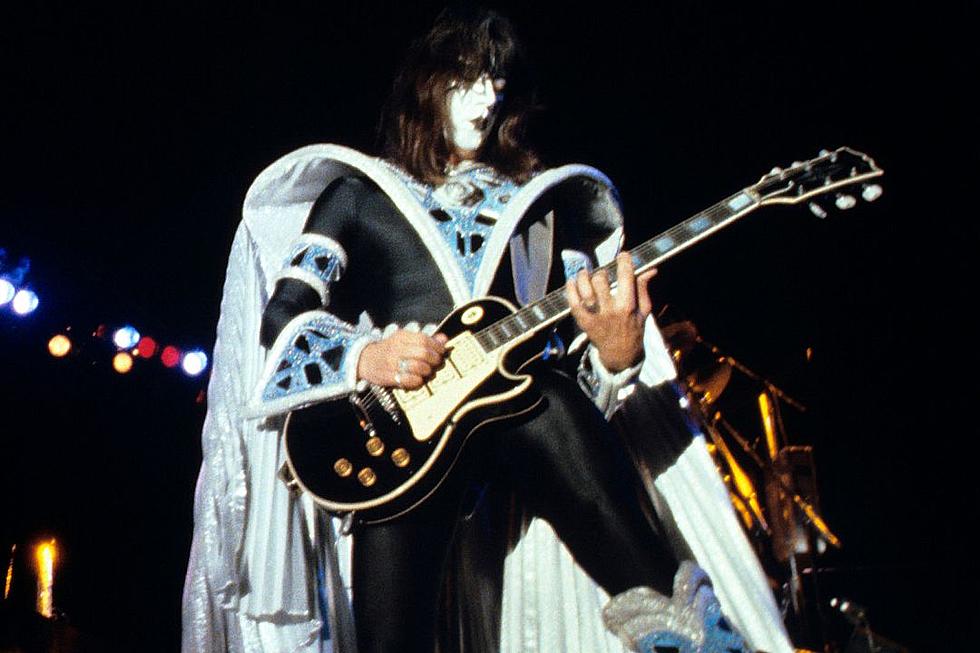
How Kiss Tried to Extend Their Winning Streak With ‘Asylum’
For all the ups and downs that characterized the first decade of Kiss’ career between 1974-84, New York’s most successful hard rockers had been nothing if not prolific, reliably pumping out one album (sometimes two, or even four) each year, like clockwork. The year 1985 could hardly be any different as Kiss unveiled their 13th studio platter, Asylum — not least because things were finally looking up again.
That’s because the previous year’s Animalize had essentially completed Kiss’ lengthy and sometimes far-from-certain career turnaround. The band earned its first platinum certification since 1979’s Dynasty and confirmed their commercial viability in the new decade, even though they were now “just another” unmasked hard rock band.
One persistent problem Animalize hadn’t solved was Kiss’ rotating lead guitarist role, which had been in flux since Ace Frehley’s protracted departure a few years earlier. First it had been handed to Vinnie Vincent for 1983’s Lick it Up (as well as uncredited parts of the previous year’s Creatures of the Night), and then Mark St. John for Animalize. But when St. John developed a form of arthritis that tragically compromised his playing, Kiss were forced to try again with Bruce Kulick, whose older brother Bob had a history of ghost-playing for Kiss on earlier albums.
Bruce turned out to be the reliable, long-term solution to Kiss’ lead guitarist woes. Asylum (recorded at New York’s Electric Lady Studios) inaugurates this new era of relative stability, as the guitarist fit right in with founding members Paul Stanley and Gene Simmons (who acted as co-producers), plus their by now well-established second drummer Eric Carr (who replaced Peter Criss in 1981).
Together, the foursome clearly broadcast the height of their self-assurance by way of the first number, “King of the Mountain,” kept at it until the double-barreled finale of “Radar for Love” (where Kulick really let rip) and the blush-inducing “Uh! All Night”), while knocking out a pair of blockbuster singles and MTV favorites in “Who Wants to Be Lonely” and “Tears are Falling."
Asylum backed up these catchy standouts with the twin-barreled speed metal of Paul and Gene’s “I’m Alive” and “Love’s a Deadly Weapon” (both expertly powered by Eric Carr’s furious double-kick drum barrage) and a trio of rather undistinguished, but hardly wasteful, heavy rock growlers from Simmons, in “Any Way You Slice It,” “Trial by Fire” and “Secretly Cruel."
For all these strengths, Asylum ultimately fell short of matching Animalize’s platinum sales, cresting halfway there with a gold certification (though it eventually sold over one million, years later) despite cracking the U.S. Top 20, the U.K. Top 12, and going to No. 1 in Finland. Nevertheless, Kiss quickly hit the road across the U.S. (though, tellingly only in the U.S.) for six almost uninterrupted months, backed by groups like W.A.S.P. and King Kobra.
Then Kiss broke their own rule of prolific and timely recordings by waiting until late 1987 to issue their next LP, Crazy Nights — a move that may or may not have contributed to that album’s similarly decent, not spectacular performance, and yet another slow slide in popularity experienced by Kiss in years to come, before rebounding with 1992’s angry grunge retort, Revenge, and then the original costumed lineup’s widely heralded reunion.
Kiss Albums Ranked
Kiss Released One of Rock’s Most Hated Albums
More From Ultimate Classic Rock
